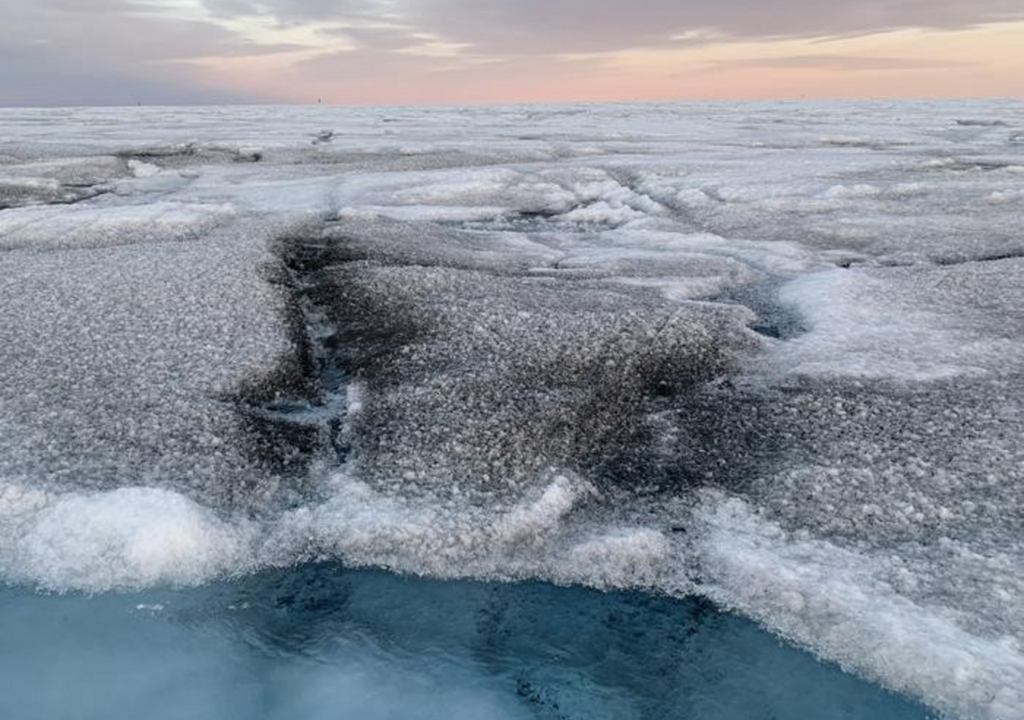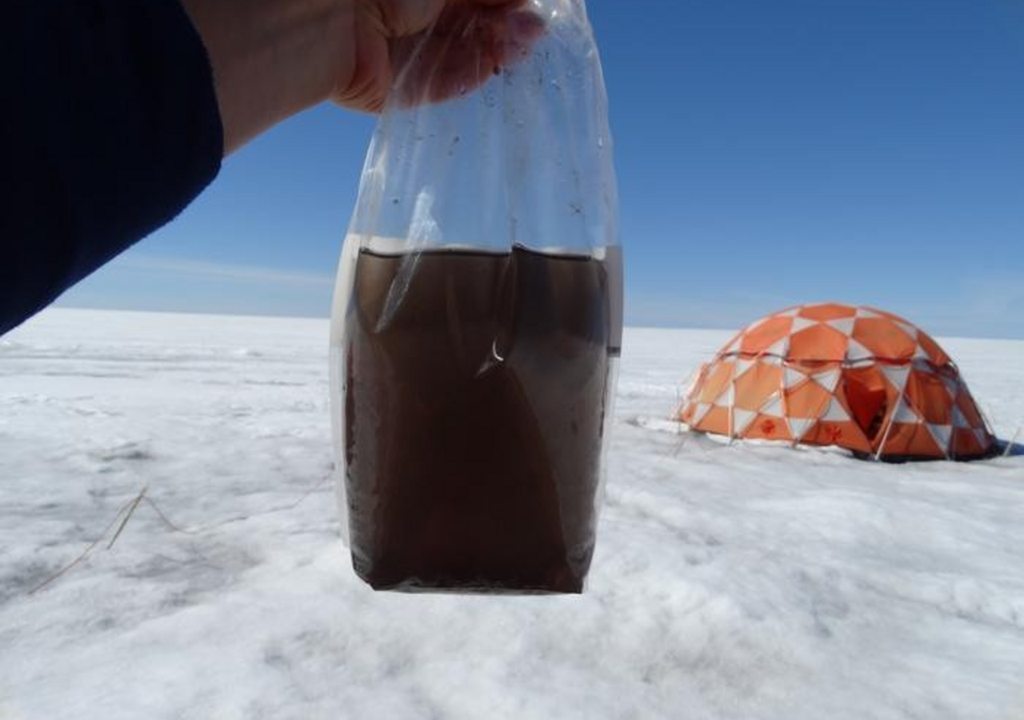In spring, when the sun shines again, algae begin to bloom on the ice in the Arctic. and turn large areas of ice black. As this happens, less sunlight is reflected, causing the ice to melt. Global warming amplifies this effect. Snow melting has increased.
Snow algae are species of algae that live on snow and ice fields that slowly melt in summer. They occur on glaciers in mountains or sea ice in polar regions.
But researchers at Denmark’s Aarhus University may now have found a way It can regulate the growth of snow algae and stop snow melting for a long time. Laura Perini is a postdoctoral researcher at the Institute of Environmental Sciences University of Aarhusand his colleagues explain in their recent microorganism to publish studyHow they discovered giant viruses living next to algae on the Greenland ice sheet.

Perini doubts that Viruses feed on ice algae and naturally control algal blooms: “We don’t know much about viruses, but I think they could be useful in mitigating snowmelt caused by algal blooms.”
Giant viruses and ordinary viruses
Normal viruses are 20 to 200 nanometers in size, while bacteria are 2 to 3 micrometers in size. However, giant viruses grow up to 2.5 micrometers in size. It is larger than most bacteria.
But giant viruses do not have a large shell compared to normal viruses. Their genome is also significantly larger. For example, bacteriophages (viruses that specialize in bacteria) have 100,000 to 200,000 letters of code in their genome. There are about 2,500,000 giant viruses.
Although viruses are large, researchers have them Based on DNA analysis only can be identified. “We found the viruses by analyzing all the DNA in the samples taken. “By searching this large data set for specific marker genes, we found sequences with high similarity to known giant viruses,” explains Perini.

Giant viruses were first discovered in the ocean in 1981, where they specialize in infecting marine green algae. Then there were Giant viruses are found in soil and in humans. But Perini explains that this is the first time giant viruses have been detected on the surface of snow and ice, which is dominated by microbes.
A few years ago, this part of the world was considered barren and lifeless. But many microbes live there today – including giant viruses.
The scientists examined samples of dark ice, red ice and melting holes (cryoconite). They found signatures of active giant viruses in both dark ice and red ice. According to Perini, it was For the first time they were discovered in surface snow and ice with high amounts of pigmented microorganisms.
Algae are surrounded by an entire ecosystem: “In addition to bacteria, filamentous fungi and yeasts, there are protists that feed on the algae, various types of fungi that parasitize them, and giant viruses that infect them,” Perini explains. . Algal blooms can be biologically controlled, One should especially understand the last three groups, the algae-eating protists, the parasitic fungal species, and the infectious giant viruses.
Unlike other viruses, giant viruses have active genes that allow them to repair, copy, transcribe, and translate DNA. But why and what it is used for is still unknown, says Laura Perini. Scientists continue to study giant viruses to learn more about their exact role in the ecosystem.
—
They are:
Perini, L., Sipes, K., Sarvas, A. and many others. Giant virus signature in Greenland ice sheet. microbe, 12, 91 (2024). https://doi.org/10.1186/s40168-024-01796-y